Embarking on an adventure with your electric bike can be exhilarating, but encountering technical hiccups mid-ride can quickly dampen the experience. If you are having the same concerns, fear not, for this electric bike troubleshooting guide is for you. We’ll cover troubleshooting tips for problems ranging from dysfunctional motors to excessive noise when riding. Dive in now!

The Importance of Troubleshooting
Electric bike troubleshooting is crucial for maintaining optimal performance and ensuring rider safety. Regular troubleshooting helps identify and address potential issues such as battery problems, motor malfunctions, or wiring faults before they escalate into major repairs. It extends the lifespan of the bike, enhances reliability, and ensures a smooth, efficient riding experience.
Moreover, understanding basic troubleshooting empowers riders to handle minor issues independently, reducing downtime and maintenance costs. Ultimately, effective troubleshooting keeps the bike in top condition, providing a safer and more enjoyable riding experience.
Common Electric Bicycle Problems and Their Solutions
Below are our compiled troubleshooting techniques to help you restore the vitality of your ebike and resume your road journey with confidence.
Motor Does Not Work
Few things are more frustrating than a silent motor when you're ready to hit the road. Before panicking, follow these steps to diagnose and resolve the issue:
Check Battery Connection: Ensure the battery is securely attached and properly charged. Loose or disconnected connections can interrupt power flow.
Test Throttle and Pedal Assist: Try using both the throttle and pedal assist modes to engage the motor. If one method works but not the other, it could indicate a specific component malfunction.
Inspect Wiring: Examine the wiring harness for any signs of damage or loose connections. Frayed wires or connectors can disrupt the electrical circuit.
Reset Controller: Some motor controllers have a reset button or sequence. Refer to your user manual to reset the controller and recalibrate the system.
If all suspicions regarding battery, throttle, PAS, wiring, and controller have been cleared, chances are you might have a faulty motor, in which case a replacement is necessary.
Ebike Battery Is Not Charging
Ebike battery not charging could be the result of lots of things, including a blown fuse, insufficient power, a damaged charger, etc. Here are the troubleshooting steps:
Check Power Source: Ensure the charger is plugged into a functional power outlet and that the outlet itself is working.
Inspect Charger: Examine the charger for any visible damage or signs of wear. If the charger appears damaged, refrain from using it to prevent further issues.
Check Connections: Ensure the charger is securely connected to both the power outlet and the charging port on your electric bike. Loose connections can disrupt the charging process.
Inspect Battery Contacts: Check the battery contacts for dirt, debris, or corrosion. Clean the contacts carefully with a soft, dry cloth to ensure a good connection.
Consider Battery Health: If your electric bike's battery is old or has been heavily used, it may have reached the end of its lifespan. In this case, you may need to replace the battery.
Ebike Pedal Assist Device Does Not Work
When the pedal-assist feature on your electric bike malfunctions, it can impede your ride's efficiency and enjoyment. Here's a detailed guide to troubleshooting and resolving this issue:
Check Power: Ensure the battery is adequately charged and securely connected to the bike's electrical system. Insufficient power can prevent the pedal assist from functioning.
Inspect Sensor Alignment: Verify that the pedal assist sensor is properly aligned and securely mounted to the bike frame. Misalignment or loose mounting can disrupt sensor readings.
Inspect Wiring: Examine the wiring connecting the pedal assist sensor to the controller for any signs of damage or loose connections.
Test Sensor Functionality: Check the functionality of the pedal assist sensor by manually spinning the pedals while observing the display panel. The display should indicate engagement when pedaling.
Check Magnet Alignment: Ensure the magnet on the pedal crank arm aligns correctly with the sensor. Misalignment can prevent accurate readings and disable the pedal assist.
Reset Controller: If other troubleshooting steps fail, consider resetting the bike's controller according to the manufacturer's instructions. This can often resolve software-related issues affecting the pedal assist.
Ebike Controller Does Not Work
The controller in an ebike is analogous to the brain in a human. It connects all other components (motor, throttle, sensors, digital display, etc.) together into a functional whole.
If your controller is not working, try the following troubleshooting steps:
Check Power Supply: Ensure that the battery is fully charged and securely connected to the controller. Without sufficient power, the controller won't function.
Inspect Wiring Connections: Examine all wiring connections leading to and from the controller. Look for loose, damaged, or corroded wires that may be interrupting the electrical flow. Secure any loose connections and clean any corrosion.
Test Power Button: Press the power button on the controller to see if it responds. Sometimes, a simple power cycle can resolve minor issues.
Check Display Panel: If your electric bike is equipped with a display panel, check for any error messages or indicators that may provide insight into the issue. Note any error codes for reference.
Inspect Controller Housing: Carefully examine the controller housing for signs of damage, such as cracks or moisture ingress. If there is damage, call for professional repair services.
Ebike Throttle Does Not Work
The throttle is responsible for direct moving power when you are not pedaling. Here's a detailed guide to troubleshoot and resolve the issue of a malfunctional throttle:
Check Power: Ensure that the battery is adequately charged and securely connected to the throttle system. Without sufficient power, the throttle won't function.
Inspect Wiring: Examine all wiring connections leading to the throttle for any signs of damage, looseness, or corrosion.
Test Throttle Response: Try twisting or pressing the throttle while observing any response from the motor. If there's no reaction, it indicates a potential issue with the throttle mechanism itself, and you might have to replace the throttle altogether.
Ebike Brakes Do Not Work
Ebike brakes are your lifeline, especially in stop-and-go traffic. When they fail, it's crucial to address the issue promptly. Here are the troubleshooting steps:
Assess Brake Engagement: Test both the front and rear brakes to determine if either or both are affected. If one brake works while the other doesn't, it may indicate a specific issue with that brake system.
Check Brake Pads: Inspect the brake pads for wear and tear. Worn brake pads can reduce braking effectiveness and should be replaced if they appear thin or damaged.
Examine Brake Cables: Ensure that the brake cables are intact and properly tensioned. Loose or frayed cables can impede brake function and should be adjusted or replaced as needed.
Verify Brake Lever Operation: Test the brake levers to see if they engage smoothly and return to their original position when released. Sticky or stuck levers may require cleaning or lubrication.
Check Hydraulic Brake Fluid: If your electric bike is equipped with hydraulic brakes, check the brake fluid level and condition. Low fluid levels or contaminated fluid can affect brake performance and should be addressed accordingly.
If all the above steps prove inefficient, consult a qualified electric bike technician for further help. Remember to never hit the road with a pair of faulty brakes.
There Is Noise When Riding an Ebike
Noise is a disruptive element that affects your attention and awareness of the environment when riding. To address the excessive noise of your ebike, try the following steps:
Inspect the Chain and Gears: Check for signs of wear, misalignment, or debris lodged between the teeth. Lubricate the chain if it appears dry or rusty.
Examine the Brakes: Squealing or rubbing noises may indicate issues with the brakes. Inspect the brake pads for wear and adjust or replace them as needed. Ensure the brake calipers are properly aligned and not rubbing against the wheel rim or rotor.
Check Wheel Bearings: Worn or damaged wheel bearings can produce grinding or clicking sounds. Spin each wheel and listen for any abnormal noises. Replace any bearings that feel rough or gritty when spun.
Inspect the Tires: Sometimes, foreign objects like rocks or glass can become lodged in the tire tread, causing clicking or popping noises as you ride. Remove any debris and check for cuts or punctures that may require patching or replacing the tire.
Check Suspension Components: If your electric bike has suspension, inspect the fork, shock absorbers, and pivot points for any signs of wear or damage. Lubricate moving parts and tighten bolts to eliminate potential sources of noise.
How to Reduce Electric Bike Failures?
Reducing electric bike failures involves a combination of proper maintenance, careful usage, and selecting high-quality components. Here are some tips:
Regular Maintenance: Establish a maintenance schedule for your electric bike, including tasks like checking tire pressure, inspecting brakes, and ensuring all electrical connections are secure.
Keep it Clean: Dirt and grime can cause components to wear out faster and can interfere with electrical connections. Clean your electric bike regularly, especially after riding in muddy or dusty conditions.
Store Correctly: When not in use, store your electric bike in a dry and temperate environment. Extreme temperatures and moisture can damage electrical components and the ebike battery.

Conclusion
Your ebike may become less reliable after several years of use, with minor hiccups popping up every now and then. However, with our simple and effective electric bike troubleshooting guide, you can make your old, worn-out electric bike as trusty as new. Remember to call for professional help when the above self-help troubleshooting tips don’t work though!
FAQ
Why does my electric bike motor overheat?
Electric bike motors can overheat due to several reasons, including prolonged or excessive use, riding in high temperatures, and inadequate cooling. Additionally, overloading the motor with heavy loads or riding uphill for extended periods can strain it, causing it to overheat.
How to check the electric bike battery voltage?
To check an electric bike battery's voltage, you'll need a multimeter. Follow these steps:
Set Up Multimeter: Turn on the multimeter and set it to the DC voltage setting.
Position Probes: Carefully place the multimeter probes on the positive and negative terminals of the battery, ensuring correct polarity.
Read Voltage: Once the probes are in place, observe the multimeter display. It will show the voltage of the battery in volts (V).
How to diagnose electric bicycle wiring problems?
Diagnosing electric bicycle wiring issues involves a methodical process, which is made up of visual examination, connector testing, multimeter use, fuse and breaker check, circuit isolation, and other techniques. The exact steps of diagnosis may depend on the specific ebike model and may involve trial and error.


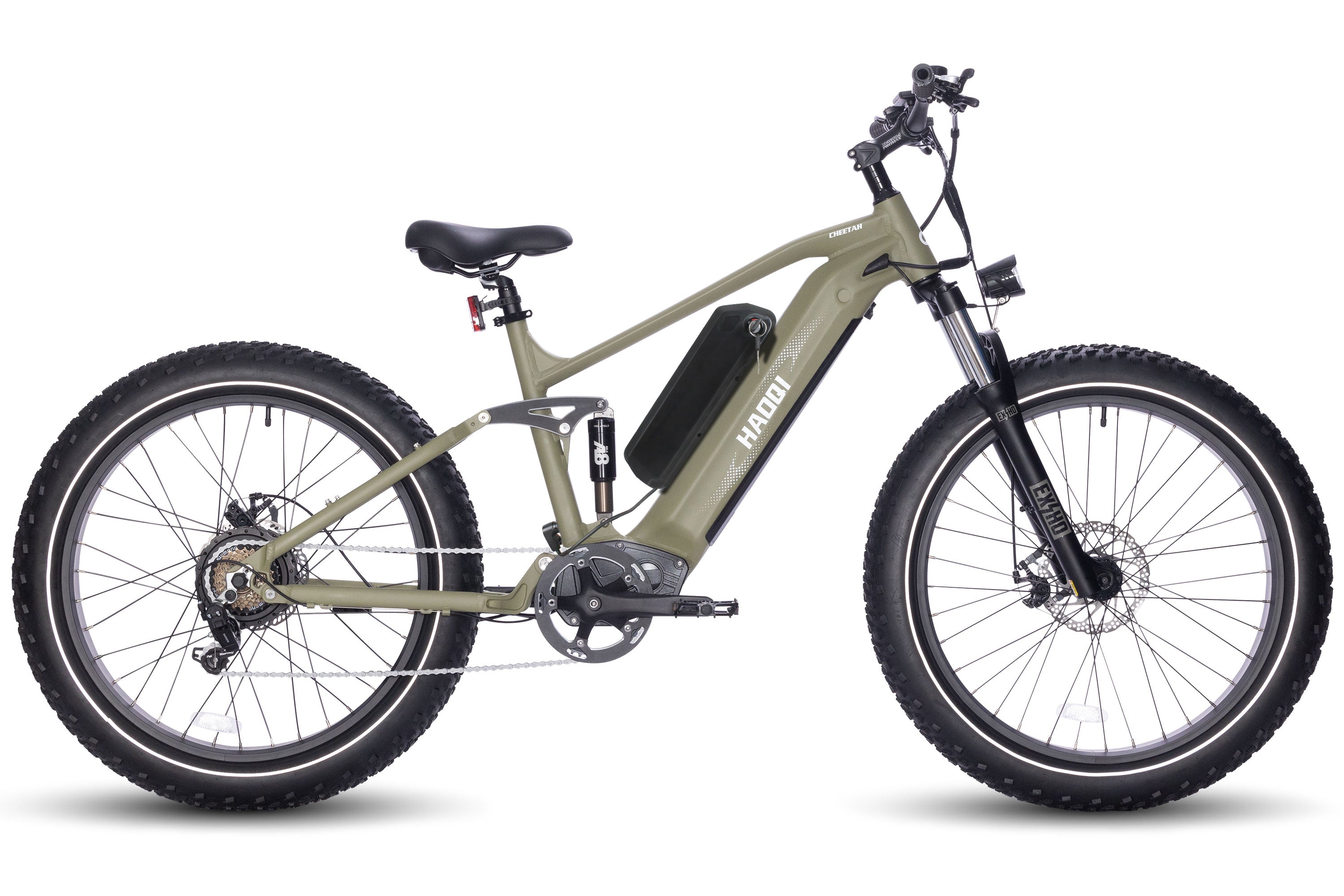
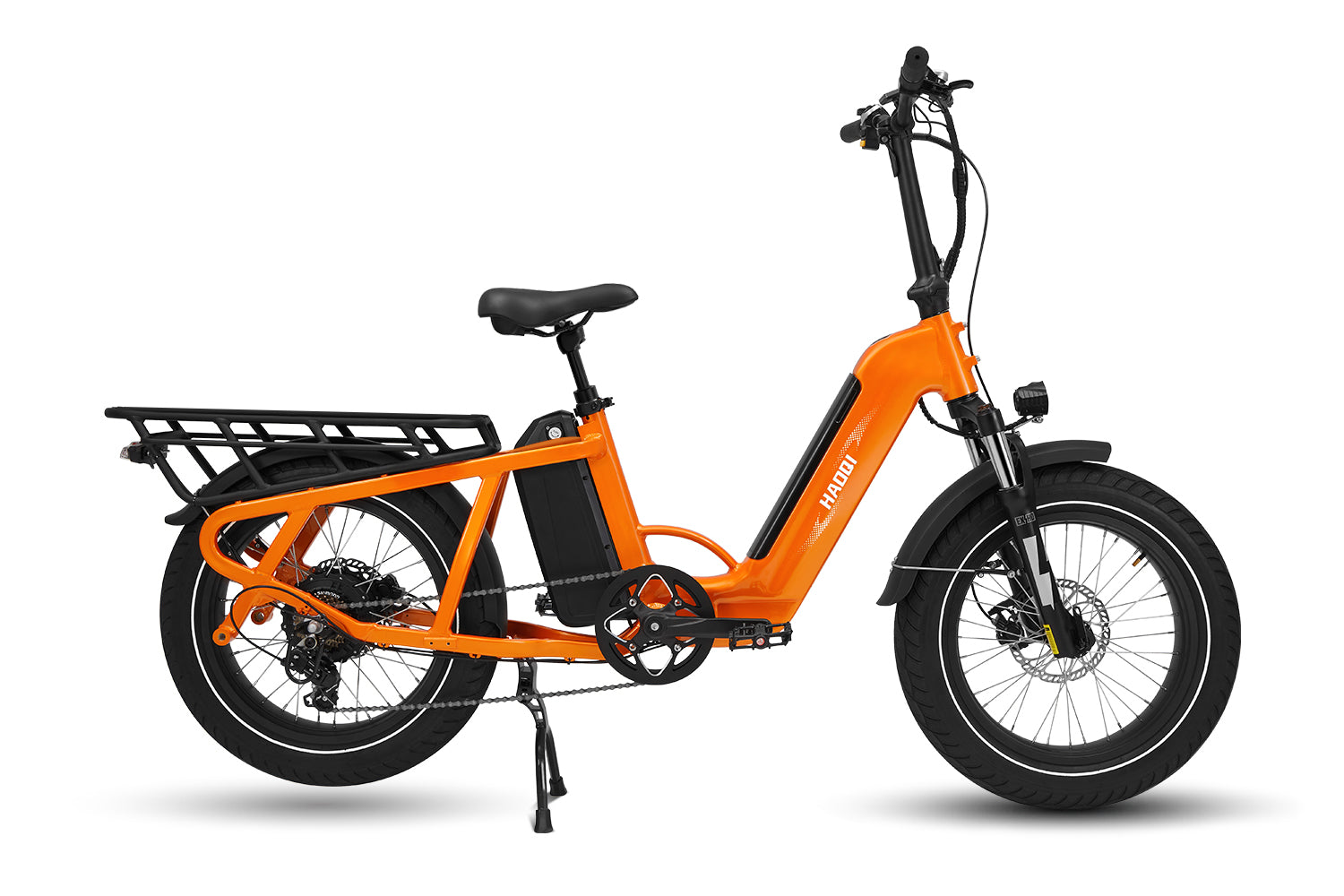
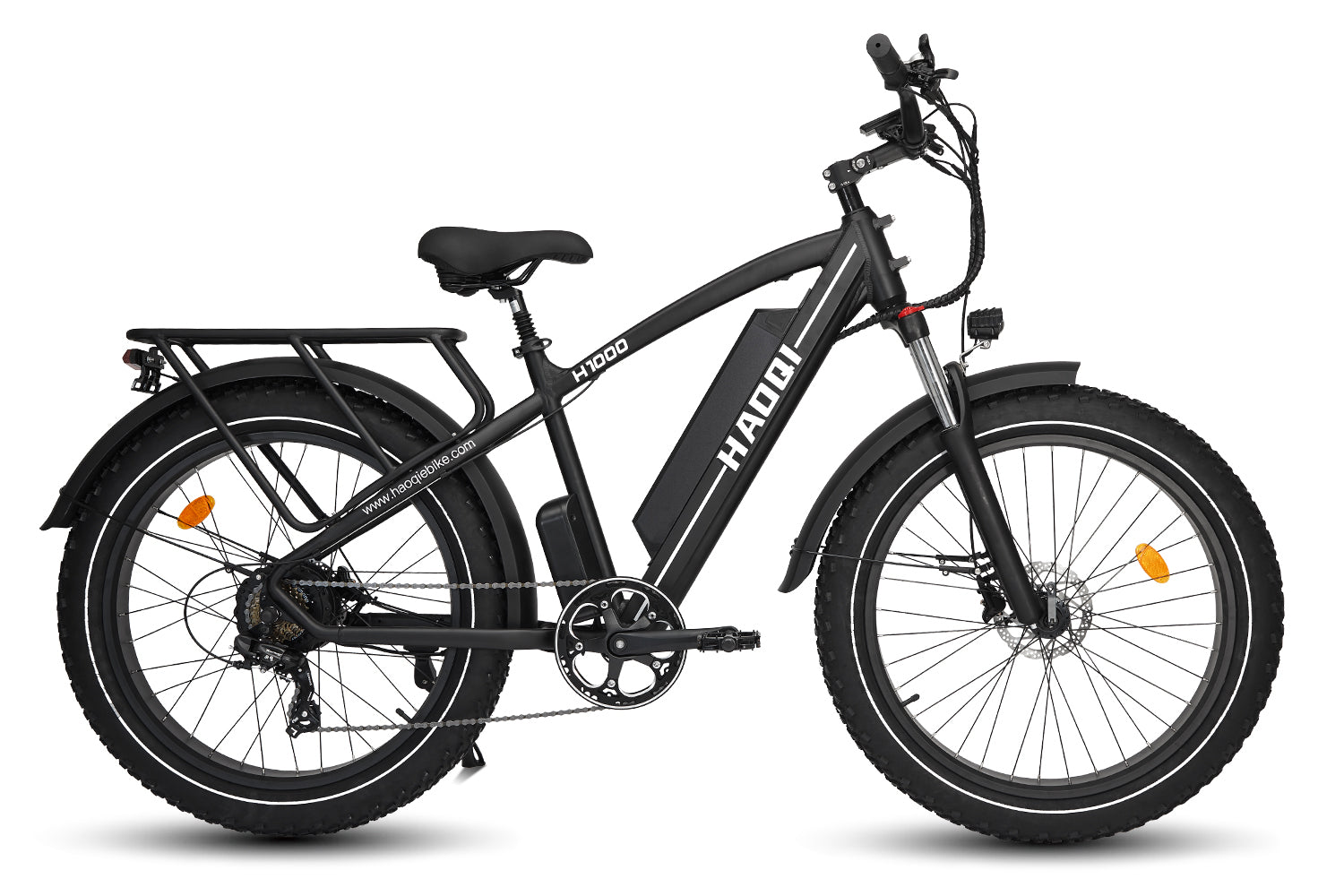
![HAOQI Antelope 500W Cargo Electric Bike (UL Certified) [electric bike] [HAOQI ebike]](http://haoqiebike.com/cdn/shop/products/haoqi-antelope-cargo-electric-bike-with-dual-battery-haoqiebike-com-1.jpg?v=1753954498&width=1500)
![HAOQI Squirrel Folding Electric Bike (UL Certified) [electric bike] [HAOQI ebike]](http://haoqiebike.com/cdn/shop/files/1_03c67b67-715e-4617-a648-51f108ceb425.jpg?v=1766473332&width=1500)
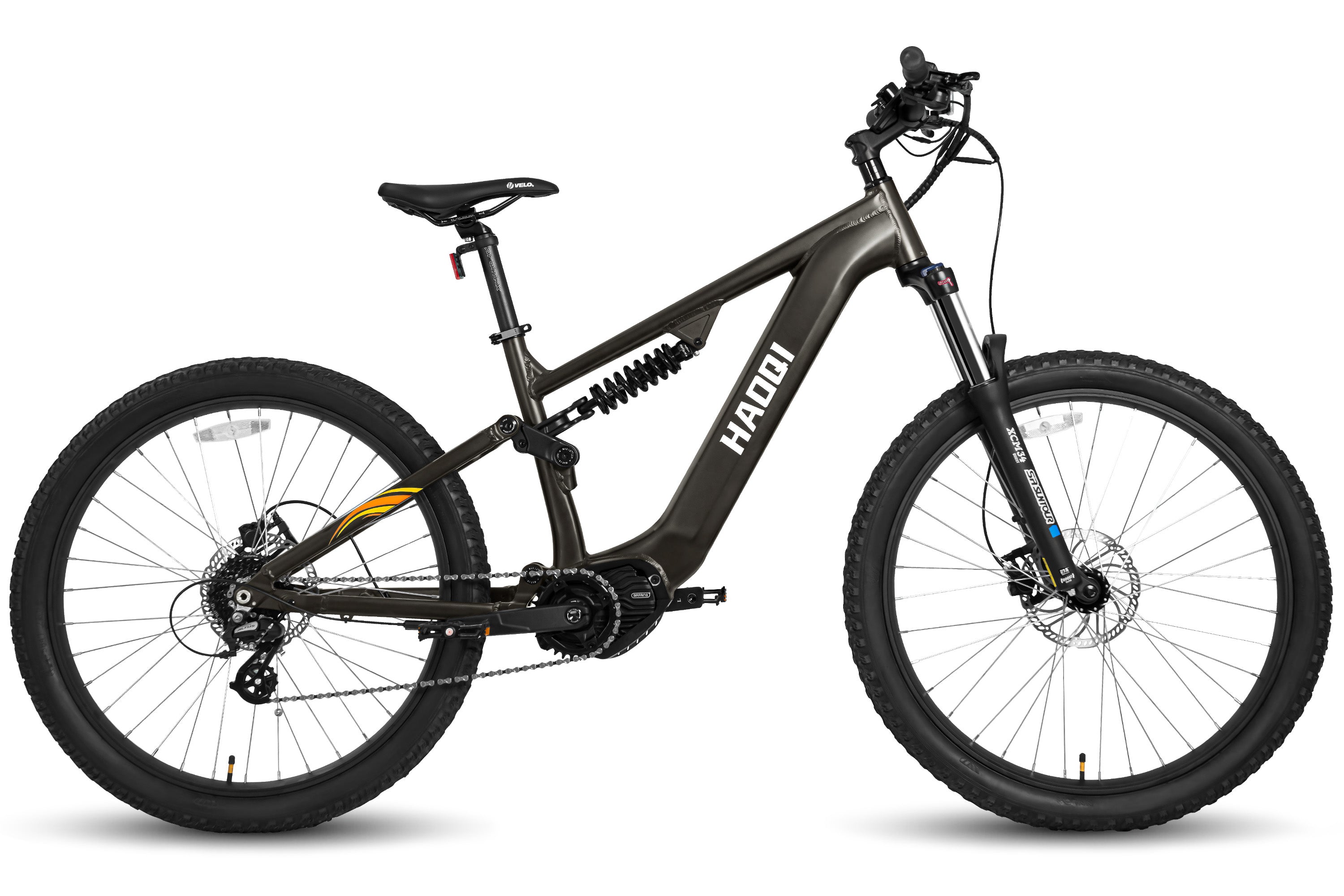
![HAOQI Eagle Long Range Electric Bicycle (UL Certified) [electric bike] [HAOQI ebike]](http://haoqiebike.com/cdn/shop/files/2_bf7ae46b-aad6-472a-9c14-d56ca3f0feb6.jpg?v=1755142722&width=1500)
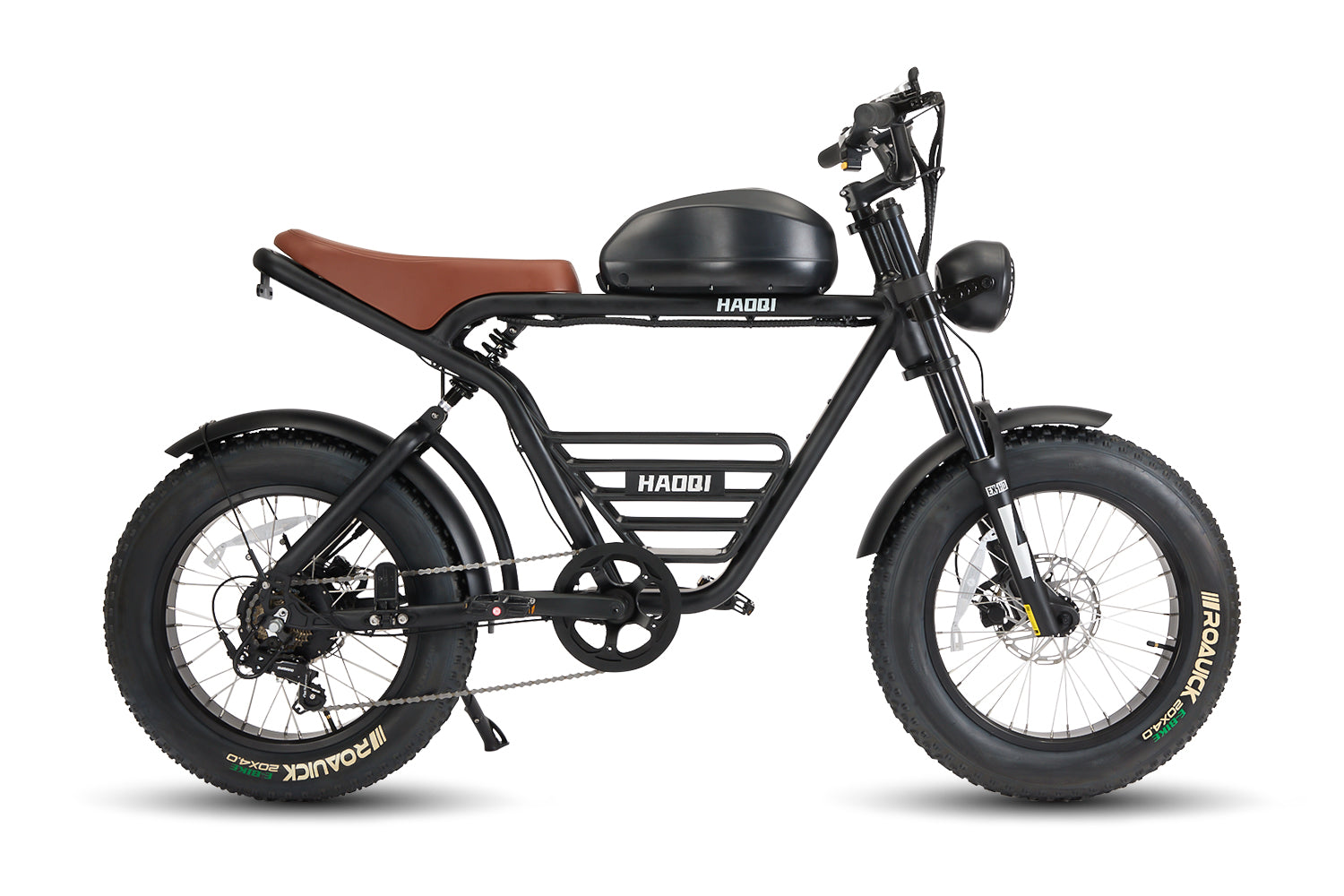
![HAOQI Antelope Pro 750W Cargo Electric Bike (UL Certified) [electric bike] [HAOQI ebike]](http://haoqiebike.com/cdn/shop/products/haoqi-antelope-pro-cargo-electric-bike-with-dual-battery-750w-haoqiebike-com-1.jpg?v=1751610204&width=1500)
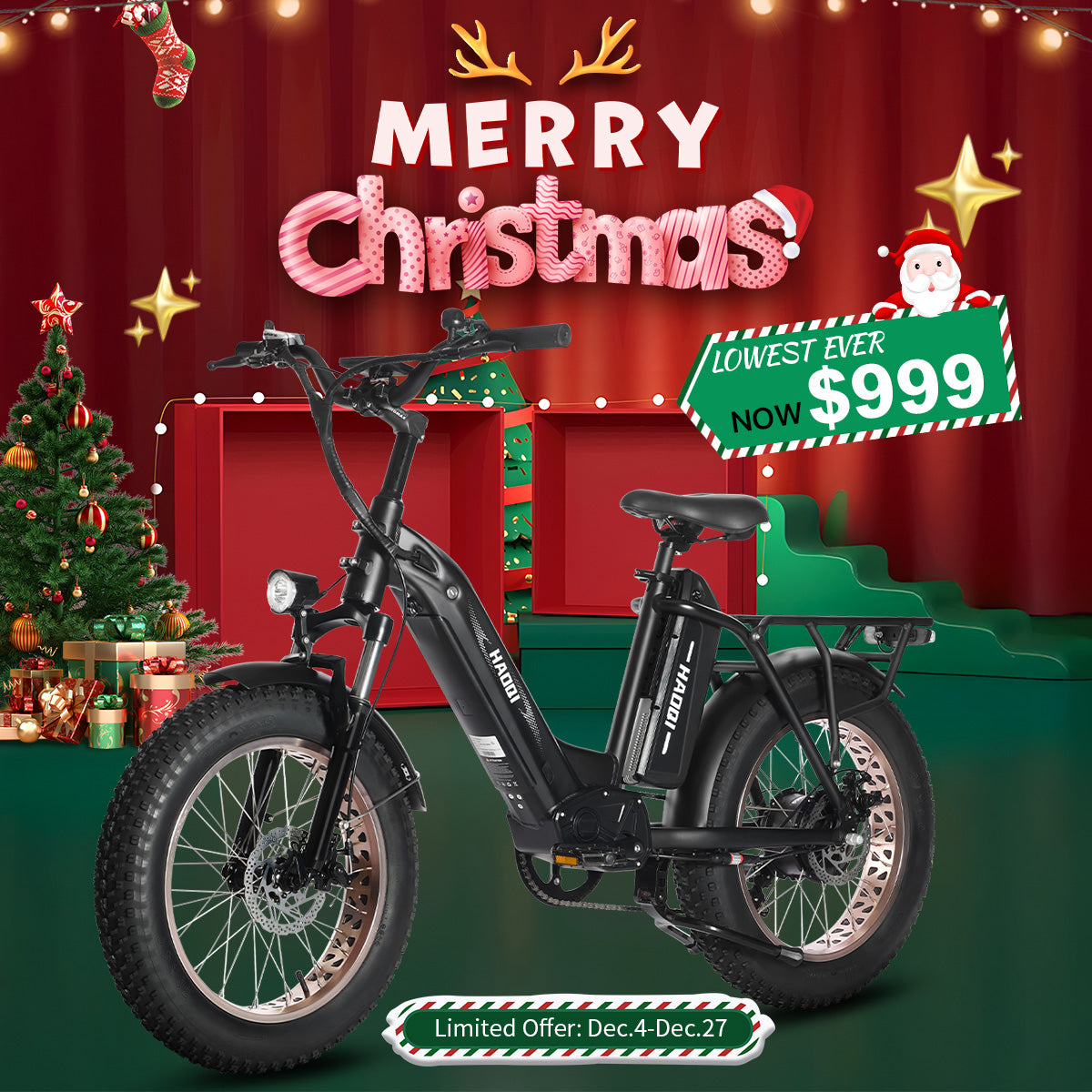


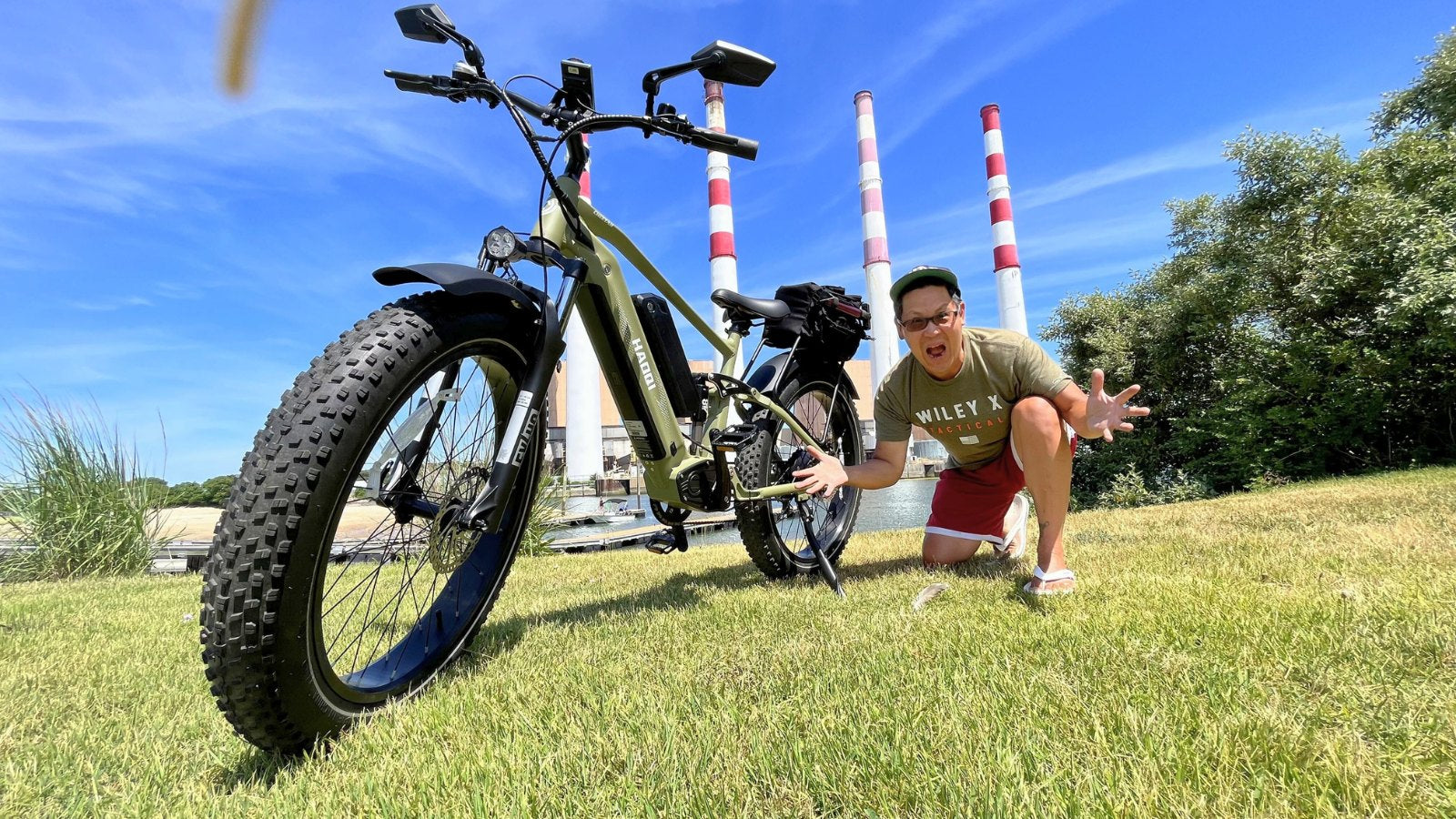
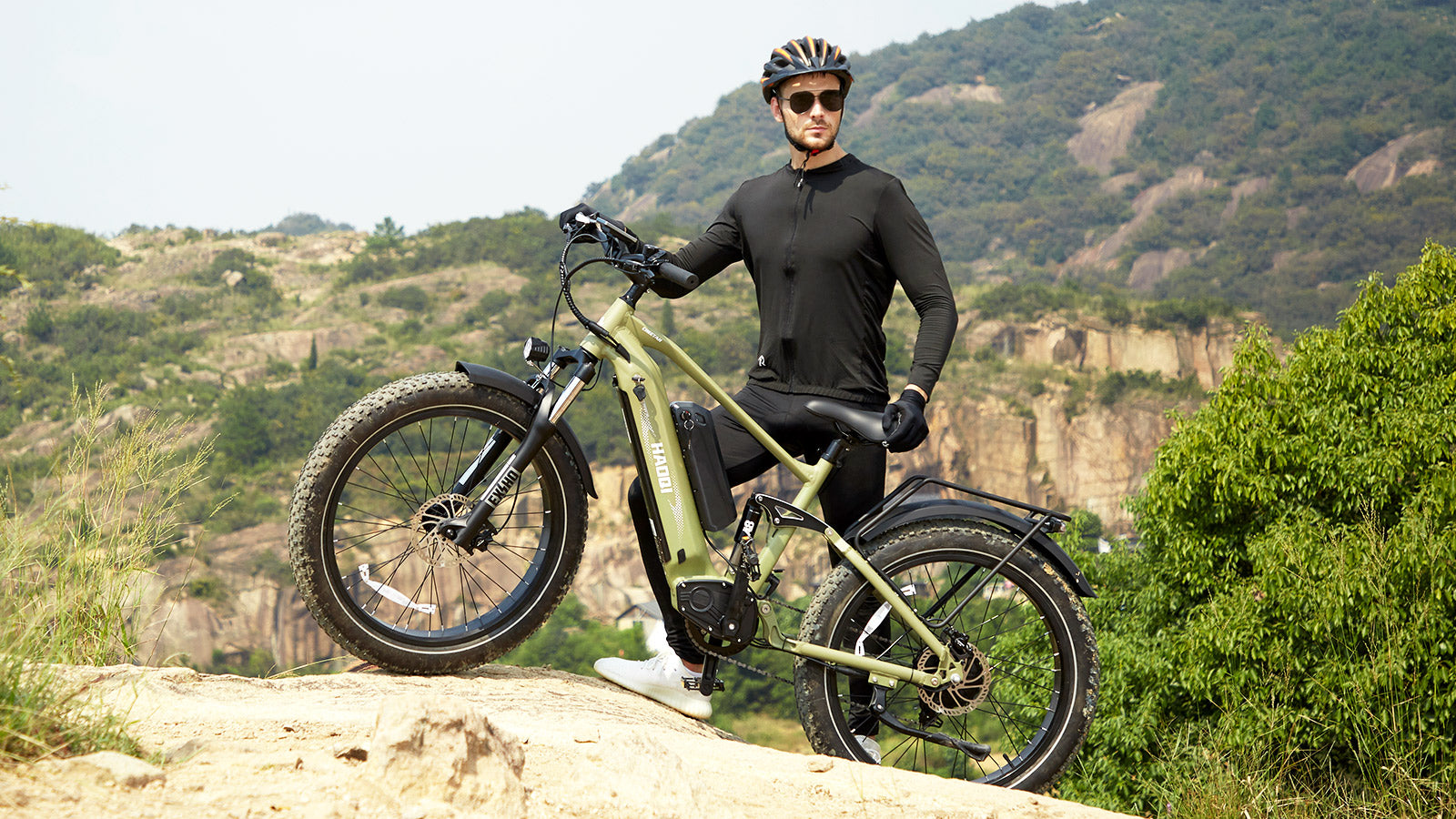




1 comment
Kyle William Bailey
When I turned the Green snow leopard bike on there was a brief electric buzz followed by a quick snap and now the bike won’t turn on. The battery still shows a charge so is there a different fuse that might have blown and if not can you give me an idea of what shorted out and how to fix it ?
Leave a comment
All comments are moderated before being published.
This site is protected by hCaptcha and the hCaptcha Privacy Policy and Terms of Service apply.